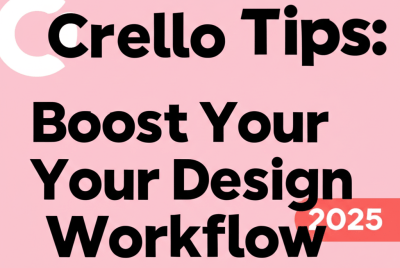It seems like Hollywood is all out with action movies, franchises, and top sitcoms from different settings to blow our minds. With the torrent of movies streaming from all corners, it is difficult to decide what’s worth your time. Arguably, it is more difficult to decipher which top movies graphic designers should watch.
Say goodbye to the confusion this week as we’ve done the guesswork for you with our movie of the week.
Our movie in review, titled Black Hawk Down, mirrors the doomed mission of American soldiers in a bid to capture high-ranking Somali lieutenants. It’s renowned for winning awards in design categories such as the Academy Award for Best Film Editing (2002 · Pietro Scalia) and the Academy Award for Best Sound Mixing. But apart from its design prowess, the movie comes packed with valuable lessons designers should know.
For instance, there’s an 18-year-old whose expectations meet a quick end, teaching designers to live in the moment. There’s a body of armor left behind but demanded in battle, teaching you the importance of preparation.
We cover all this and exactly where to apply these lessons. Worried about spoilers? Don’t worry, we cover the lessons only and avoid reveals. Enjoy!
Background of the 1993 Black Hawk Down: Getting the Context
America deploys elite soldiers into the civil war-torn country of Somalia in a bid to capture lieutenants of a Somali warlord. Attempts suddenly go sour, exposing the elite but small group to an entire city of enemy soldiers.
The scenes and acting keep you glued to your seat, but the lessons revealed along the way add to the cream and butter of this movie. Let’s get to them.
Top 5 Lessons from the Movie Black Hawk Down
1. Prepare for the Unexpected Always

An American soldier during call-up packs body armor but is advised that their attempt will be a short one. “You’re not gonna need it,” he says. Only the essential tools are required, in his opinion. A few hours later, this opinion proves to be a wrong one!
Lesson:
Knowing essential tools are important as well as mastering them but packing skills and gear not required for the moment helps. For designers, this could mean learning skills seemingly unnecessary to a design genre, like user interaction for a graphic designer. These not-so-required areas could be the sole difference between successful and struggling artists. Learning them could be the best way to avoid spending years doing unrecognized work.
Application:
- Climbing the ladder: Want to scale from executing tasks to leading campaigns? Then skills beyond Photoshop are required. Learning these skills, like podcasting for designers, adds to versatility, helping you lead and manage teams of diverse skill sets.
- Building solid works: A logo design presentation can be supercharged by simple animation tools, even if you’re not a motion editor. It’s not a core graphic design skill, but when you need it, you need it!
2. Some Things You Can’t Control
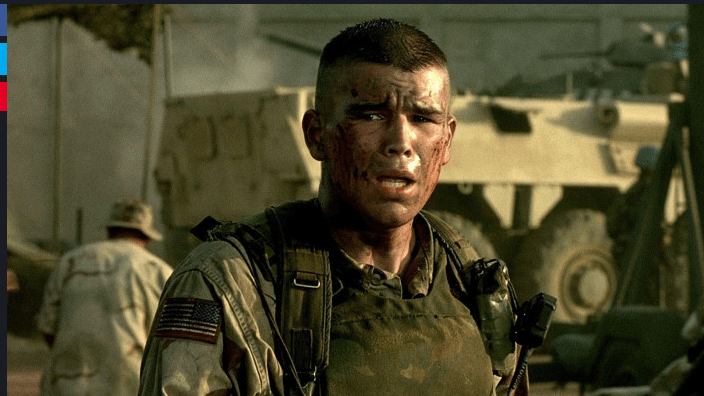
Eversmann leads a select team of well-trained rangers and loses men in battle. Beating himself up is an escape route until he gets an experienced pep talk on competency and uncontrollable outcomes. It’s a tough one for Eversmann, who feels responsible for his men and wonders if he’s a disappointing leader.
As he’s told, people only have control over their competencies, i.e., doing their best for guaranteed success. Outcomes, however, can be another ball game.
Lesson:
Competency guarantees desired outcomes, but designers can expect things to still play out differently. The theory of mind comes into play where prior behavior influences outcomes i.e Outcomes can be unfavorable, but what you do determines how unfavorable it gets.
The Eversmann advice sounds like leaving things to chance, but in reality, it advocates for designers being at 110% as the best guide for minimizing mishaps. Accept them when they occur.
Application:
- Clients: Well-planned social media strategies for graphic designers may fall short of expectations. Approaching creative briefs correctly could still mean feedback is rejected, but in both cases, 110% planning means less room for failure.
- Teammates:The success of a team depends on your competency, but everyone has to haul ass too. Being encouraging, giving feedback correctly, and setting an exemplary standard are all designers leading teams are expected to do. Junior designers, however, have to make efforts themselves.
3. Taking Ownership
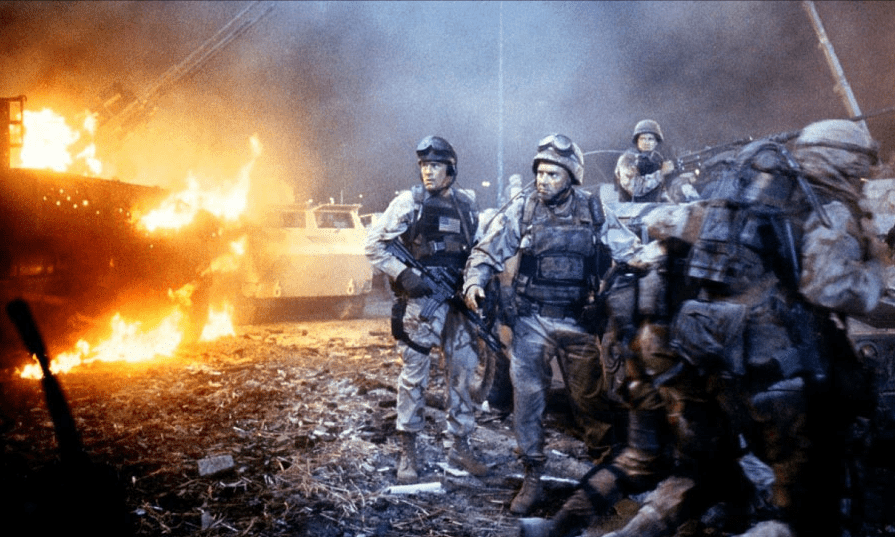
Colonel McKnight makes it back to base and is expected to call it quits after barely surviving. Thus, everyone is surprised to see the soldier back on his feet to complete his mission. There’s a lot of talk about sitting it out and having done his best, but McKnight feels the urge to see his duty through.
McKnight does so eventually in a parade of heroism and commanderism!
Lesson:
Overseeing tasks to completion regardless of adversity sounds military, but this effect is due to what’s called the Zeigarnik effect, a situation where uncompleted tasks bug the mind. The Zeigarnik effect can, however, be used to your advantage.
Application for Designers:
- Team success: Under the Zeigarnik effect, designers feel success occurs when the overall goals are achieved, lessening individualistic goals for universal ones.
- Client success: Working on fliers isn’t the end goal, but achieving the marketing aims of a client is. The top reasons clients hire belong to marketing, and under this effect, designers don’t feel comfortable until marketing goals are achieved. Achieving this goal, either through further discussions with clients on better routes to take or bringing more skills to the table, is usually the effect of using Zeigarnik to your advantage.
4. The Power of Objectivity
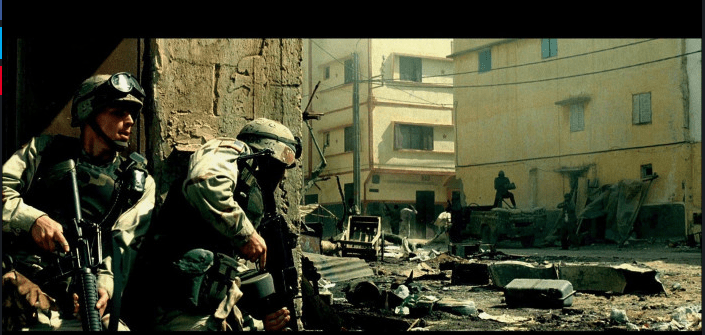
In a hard-call Scene Colonel McKnight returns to base with captured prisoners as plans get thrown out the window. His departure, however weakens morale and fire but Mcknight does it all the same. Leaving men behind is a hard call McKnight makes in fulfillment of his mission. It’s not one he likes, but one takes for mission success.
Lesson:
Hard calls are eventual and involve measures of self-confidence in decision taken, not the outcome. Linda Heinemann calls these good decisions demanding courage, optimism, and self-confidence defining traits of successful careers.
Designers seeking successful careers aren’t exempt from making hard calls.
Application:
- Calling it quits: Designers attach importance and identity to their work, making it hard to find ways of detaching from their work or shutting things down. But attachment to goals, not projects, ensures success as a designer since projects sometimes fail to hit their mark, and continued insistence destroys the goal altogether.
- Timelines: Resolve sources of anxiety for designers, such as timelines, by communicating objectivity to clients on how expanded timelines guarantee the best outcomes. It’s a hard call to engage with clients on this, but self-confidence in your decisions helps you out.
5. Building Rapport
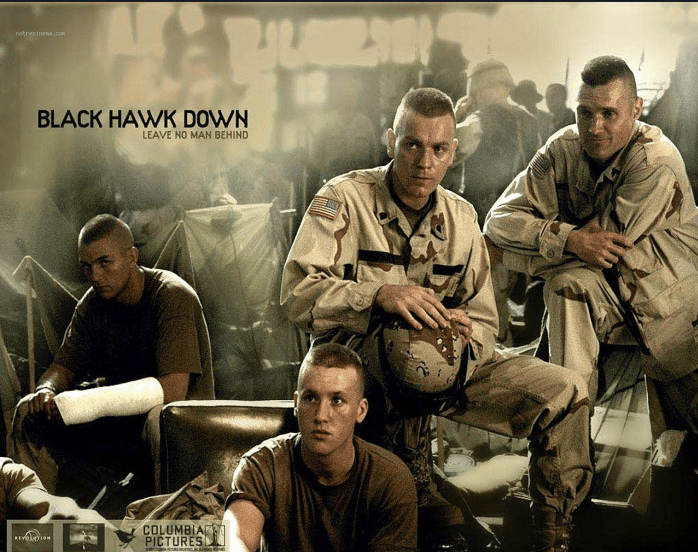
A hysterical impression of a top military officer is done for entertainment. His jest is hilarious as soldiers can’t stop laughing, but as the comedy stand-up plays out, the subject of his jokes walks in. His portrayal is worthy of a dismissal, but rather than act according to the situation, the soldier gets off on a light warning of cleaning toilets with his tongue without animosity introduced into the mix.
Lesson:
Designers could develop rapport-building tactics which often involve letting things go or giving in for a while to de-escalate situations. The key is to handle situations without generating animosity. Three methods exist according to studies: avoidance, dominance, and communication. These three methods help designers work with clients or colleagues by either letting situations cool down, defending choices, or shifting grounds.
Application:
- Client issues: Communicating positions aggressively to clients could have unintended consequences, such as clients seeking understanding elsewhere. Designers want to combine a mix of dominance and open communication to keep things friendly.
- Feedback purposes: Leading a team of budding designers? Your criticism could make or break your team’s spirit. Reflect on ways of giving criticism without breaking spirits so everyone leaves tense situations without screaming, “I hate this guy.”
All from a movie, right?
It’s amazing how much insight can be drawn from a piece of work meant for fun. *Black Hawk Down* entertains, but designers can employ this entertainment as learning periods.
Studies show designers might just fall into the visual learning category, which means seeing is the best way to assimilate. Black Hawk Down offers pure entertainment, but designers can utilize its well-rounded script as a learning period as well.
Here’s a recap of lessons drawn from the movie *Black Hawk Down:
- Learn skills for future purposes.
- Increase competency as a pathway to success.
- Take ownership of work.
- Understand objectives above sentiments.
- acceptably communicate hard truths.
Best places to watch Black Hawk Down:
Catch all the action:
– HD versions: Hulu, Amazon Prime
– Free versions: YouTube

